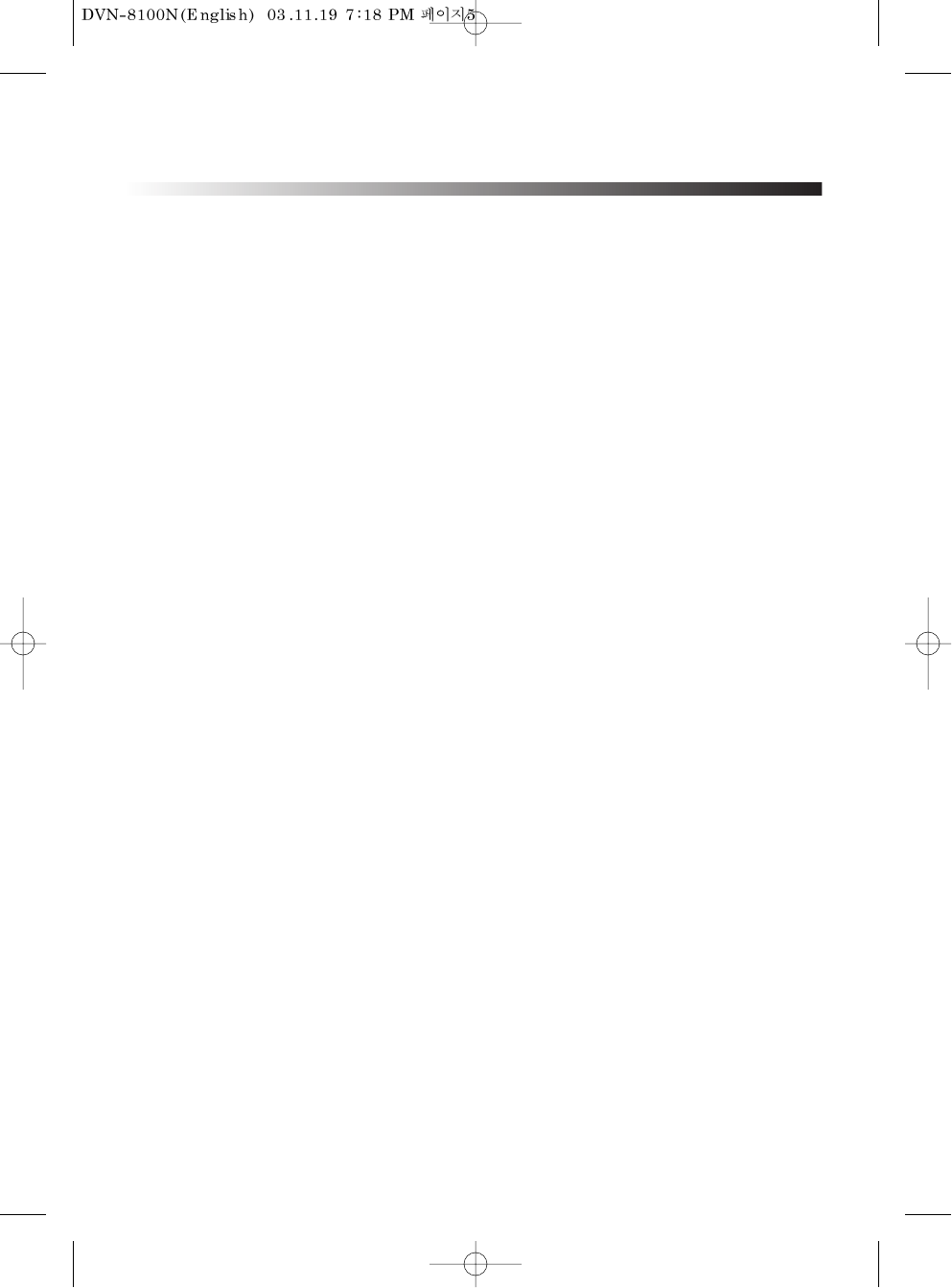
5
20 DAMAGE REQUIRING SERVICE
Unplug this unit from the wall outlet and
refer servicing to qualified service
personnel under the following conditions.
A. When the power-supply cord or plug is
damaged.
B. If liquid has been spilled, or objects
have fallen into the unit.
C. If the unit has been exposed to rain or
water.
D. If the unit does not operate normally
by following the operating
instructions. Adjust only those
controls that are covered by the
operating instructions. Improper
adjustment of other controls may
result in damage and will often
require extensive work by a qualified
technician to restore the unit to its
normal operation.
E. If the product has been dropped or the
cabinet has been damaged.
F. When the unit exhibits a distinct
change in performance-this indicates a
need for service.
21 REPLACEMENT PARTS
When replacement parts are required,
have the service technician verify that the
replacements he uses have the same
safety characteristics as the original parts.
Use of replacements specified by the unit
manufacturer can prevent fire, electric
shock, or other hazards.
22 SAFETY CHECK
Upon completion of any service or repairs
to this unit, ask the service technician to
perform safety checks recommended by
the manufacturer to determine that the
unit is in safe operating condition.
23 WALL OR CEILING MOUNTING
The product should be mounted to a wall
or ceiling only as recommended by the
manufacturer.
24 HEAT
The product should be situated away from
heat sources such as radiators, heat
registers, stoves, or other products
(including amplifiers) that produce heat.
FCC NOTICE :
This equipment has been tested and found to
comply with the limits for a Class B digital
device, pursuant to part 15 of the FCC Rule.
These limits are designed to provide reasonable
protection against harmful interference in a
residential installation. This equipment
generates, uses and can radiate radio frequency
energy and if not installed and used in
accordance with the instructions, may cause
harmful interference to radio communications.
However, there is no guarantee that
interference will not occur in a particular
installation. If this equipment does cause
harmful interference to radio or television
reception; which can be determined by turning
the equipment off and on, the user is
encouraged to try to correct the interference by
one or more of the following measures:
• Reorientate or relocate the receiving antenna.
• Increase the separation between the
equipment and receiver.
• Connect the equipment to an outlet on a
circuit different from that to which the
receiver is connected.
• Consult the dealer or an experience radio/TV
technical for help.
IMPORTANT SAFETY PRECAUTIONS


















